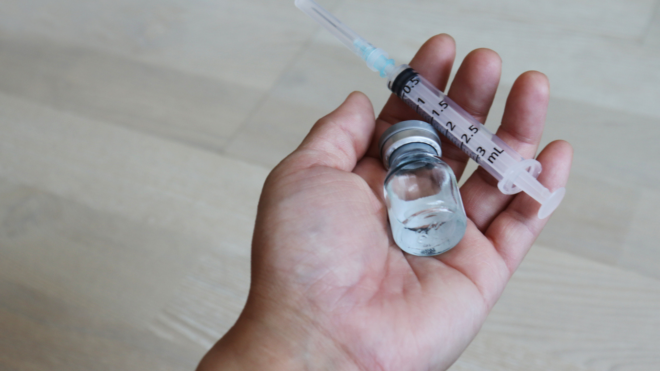Patients treated by women are less likely to be readmitted to the hospital. They receive more preventative care. They live longer.
In fact, according to Harvard researchers, 32,000 fewer people would die every year if male doctors practiced more like women.
Yet, women doctors are still treated as inferior to their male counterparts. Medical schools pay them less. Pharmaceutical companies give them less money for research. And according to several accomplished doctors who spoke with Revelist, even their patients discount them.

"Almost every single emergency department shift I am mistaken for a nurse," Dr. Eileen Klein told Revelist.
Klein has been a practicing pediatrician for decades, and co-directs her hospital's emergency medicine fellowship program. But whenever she tells someone where she works, the next question is always, "Oh, are you a nurse?"
One day in the emergency room, Klein walked into a patient's room and introduced herself as "Dr. Klein, the supervising doctor." A few minutes later, she left the room to get the patient a blanket. When she returned, the patient's father exclaimed, "See, the nurse always knows what to do!"
Several other female doctors told Revelist they take always introduce themselves as doctors because most of their patients will assume otherwise.
Dr. Derya Caglar, another Seattle Children's ER doctor, recounted a particularly humiliating experience.
"On [one] occasion, I was seeing a patient with a male medical student," she said. "We discussed the care and came up with a plan. I went in to see the patient, introduced myself as the supervising doctor, and discussed our plan of care. The parents disagreed and said they wanted to hear what their doctor (the med student) had to say."
"The family thanked him for their care without addressing me again," she added.

Even when female doctors establish that they are, in fact, doctors, many women say patients still don’t respect their opinions.
Calgar recalled a moment when a female colleague asked her to weigh in on a case. She'd made a diagnosis and treatment plan, but the patient's family wanted a second opinion. Calgar introduced herself to the family, reviewed the patient's chart, and ultimately agreed with her co-worker's diagnosis. The family was incensed.
"[The father] asked to speak with the person in charge, which happened to be me," Calgar told Revelist. "He got upset and stated he wanted to speak with 'a man in charge.' When I informed him that both supervising physicians, the administrator on call, the shift administrator, and the medical director on call were all female, he said he didn't believe me."
The man’s son then joined the fray, saying he didn't believe the two women were actually doctors. Calgar gave the family the option of continuing their treatment with female doctors or leaving the hospital. The family left.
This preference for male doctors has been proven in scientific research. When deciding between a male doctor, a female doctor, or whichever doctor has more experience, one study found 60% of adults would choose the male doctor. Only 21% prefer to be treated by the doctor with the most experience.

On top of being discounted and ignored, some female doctors say they have been sexually harassed or assaulted by their patients.
Dr. Laura Richardson, an adolescent medicine specialist at Seattle Children's Hospital, recalled a time when a patient tried to kiss her while she stitched up a cut on his hand. Another doctor, who asked to remain anonymous, said a patient once grabbed her hand and kissed it, while telling her how beautiful she is.
"Another [patient] began to describe the location of his chest pain by trying to touch between my breasts," the same doctor recalled. "He was also completely nude, which is not how we set up our consults."
In one survey, 75% of female physicians said they had been harassed by a patient at some point in their careers. Settings included emergency rooms, clinics, and even the doctor's own office.
"In my experience, [harassment] has been a series of small affronts that frankly seem par for the course of a female physician," the anonymous doctor said.

That course may well change as more women become doctors.
Almost a third of all physicians today are women, compared to less than 20% in 1970. In certain specialties, like gynecology and pediatrics, they make up the majority.
As women gain traction in medical fields, respect for their opinions — and personal space — will hopefully follow. Until then, doctors said it's important to stay vigilant.
"Sometimes our own staff don't recognize these biases themselves," Calgar said. "…Sadly, we get used to it."




